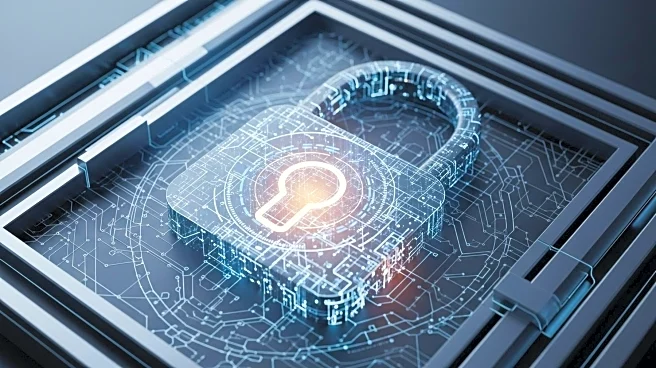What is the story about?
What's Happening?
A recent analysis highlights the importance of cybersecurity architecture in managing cyber risks effectively. The study emphasizes aligning security architecture with risk governance and organizational culture to build robust cybersecurity programs. As emerging technologies like generative AI require advanced processing capabilities, organizations must focus on architectural modeling to address challenges in access and identity management, network infrastructure, and compliance.
Why It's Important?
The focus on cybersecurity architecture is crucial as organizations face increasing threats from cyberattacks. By prioritizing architectural alignment, businesses can enhance their security posture and protect sensitive data. This approach enables proactive risk management and ensures compliance with industry standards, reducing vulnerabilities and safeguarding operations. As technology evolves, the need for comprehensive cybersecurity strategies becomes more pressing.
What's Next?
Organizations are likely to invest in strengthening their cybersecurity architecture, integrating advanced technologies and adopting best practices for risk management. This may involve revising existing frameworks and enhancing collaboration across departments to ensure a unified approach to security. As cyber threats continue to evolve, businesses will need to remain vigilant and adapt their strategies to protect against emerging risks.
Beyond the Headlines
The emphasis on cybersecurity architecture may lead to a broader reevaluation of security practices across industries. This could result in increased collaboration between technology providers and businesses to develop innovative solutions for risk management. The focus on architectural alignment highlights the growing importance of strategic planning and cultural integration in building effective cybersecurity programs.
AI Generated Content
Do you find this article useful?













